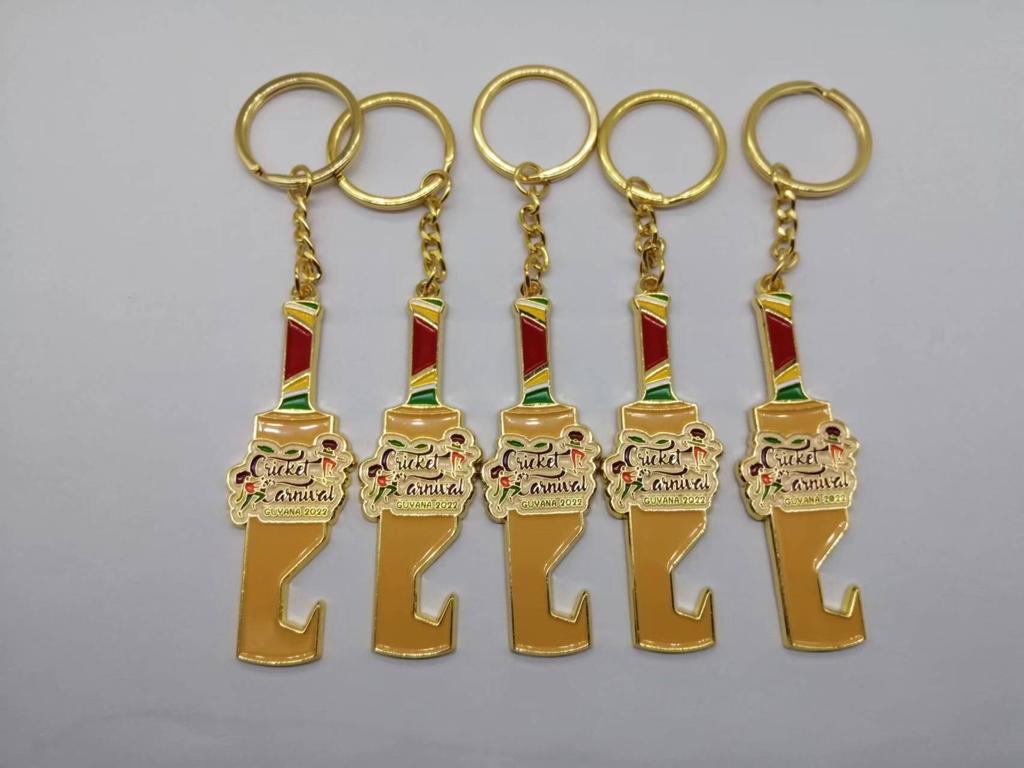Lapel pins have a long history that dates back to the Middle Ages and have been a common accessory for centuries. Lapel pins come in a variety of shapes and patterns today, from traditional military insignia to popular culture figures. We’ll look at the history and development of lapel pins in this blog post and how they’ve changed over time.
Prior History
In order to show their allegiance to their lords, knights would wear heraldic badges during the Middle Ages, when the earliest known examples of lapel pins were worn. These emblems, which were worn on the breast or sleeve of a knight’s tunic, were frequently made of metal and embellished with elaborate designs.
Lapel pins were first used as a means of political protest in the 18th and 19th centuries. Supporters of the British Crown wore pins depicting a red coat during the American Revolution, while American patriots wore pins depicting the American flag.
Military Emblems
In the past, lapel pins have been used frequently as a type of insignia for the military. Soldiers in the 19th and 20th centuries would don pins with their rank or unit insignia, as well as pins honoring their participation in particular engagements or campaigns.
Veterans and active-duty service members still enjoy wearing military lapel pins today as a mark of pride and patriotism.
Business Pins
Lapel pins were first used for corporate branding in the 20th century. To promote their brands, businesses would produce pins with their slogans or logos and give them to staff members or clients.
Corporate lapel pins are still widely used today to honor milestones or achievements made by employees.
Aliens of Pop Culture
Lapel pins have grown in popularity as a way to support pop culture figures like actors, musicians, and artists in recent years. Fans display their devotion by donning pins that feature their favorite celebrity or fictional character and frequently amass a large collection of pins.
Unique Lapel Pins
Finally, as individuals, businesses, and organizations search for original ways to express their personality and sense of style, custom lapel pins have grown in popularity in recent years. From traditional enamel pins to 3D designs and beyond, custom lapel pins can be made in a variety of designs and styles.
Conclusion
Lapel pins have a lengthy and rich history, and they have developed into a common accessory in a variety of settings over time. Lapel pins are a timeless and adaptable accessory that can be worn to express individuality, loyalty, and pride, from pop culture icons to corporate branding and military insignias. There is a lapel pin out there for everyone, whether they are history buffs, fans of pop culture, or simply looking for a special way to express themselves.



